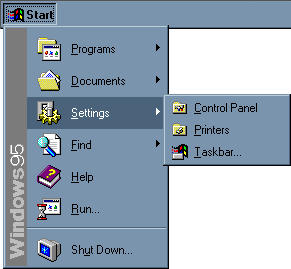

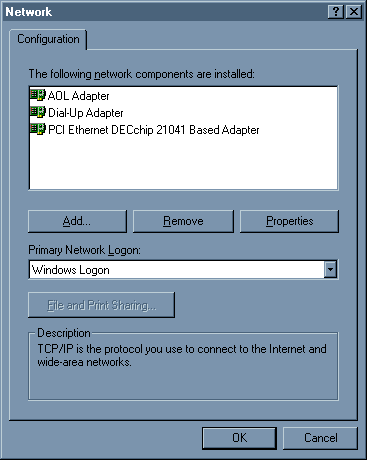
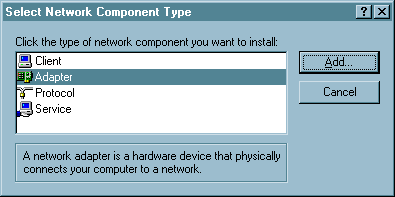 4a. If you don't have the PCI DECchip 21041
Based Adapter, select "Adapter" and click
4a. If you don't have the PCI DECchip 21041
Based Adapter, select "Adapter" and click
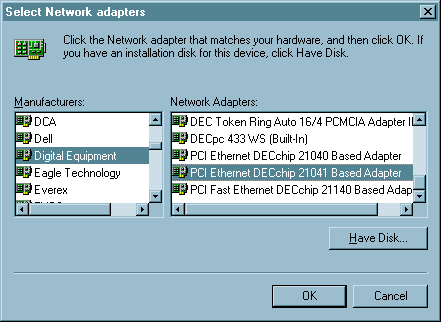
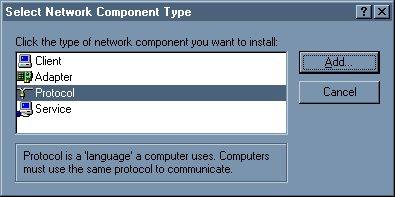
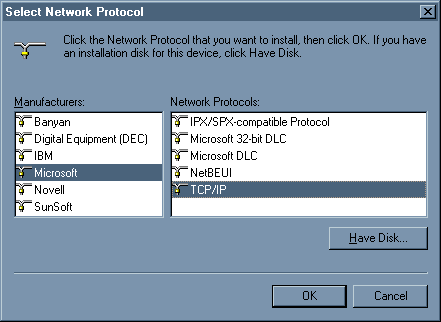
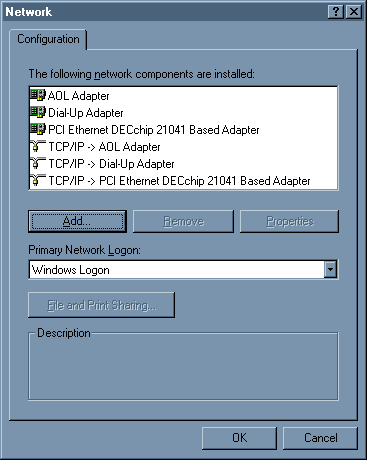
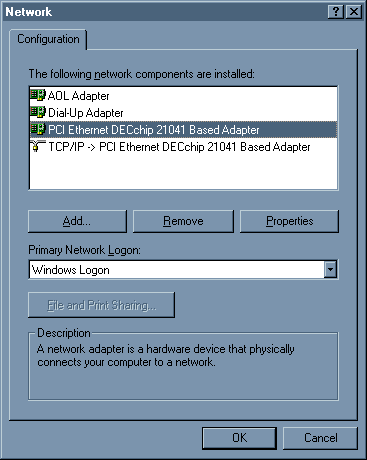

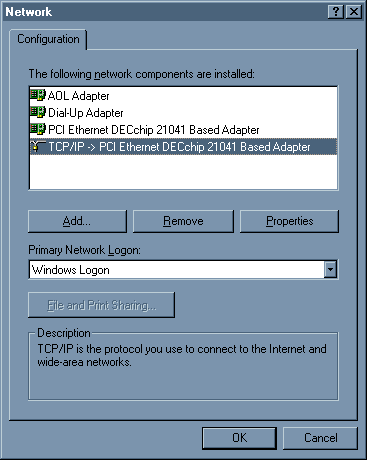
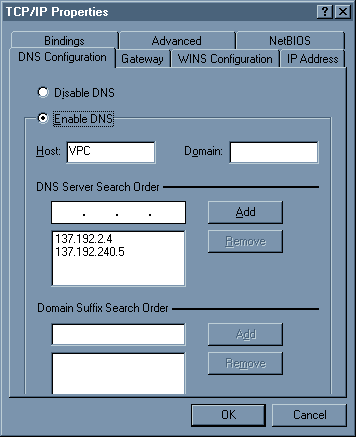
137.192.240.5 ns.mr.net (nic.mr.net) 137.192.2.4 ns2.mr.net (nic2.mr.net) |

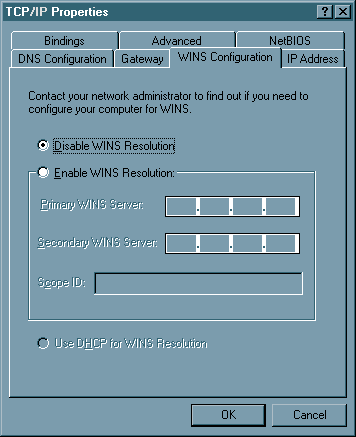
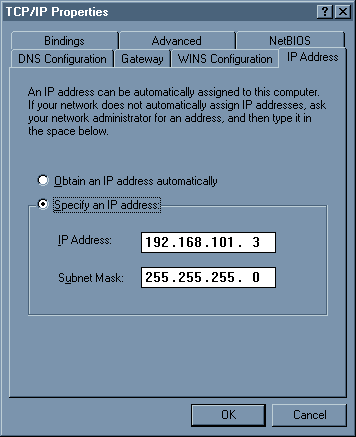
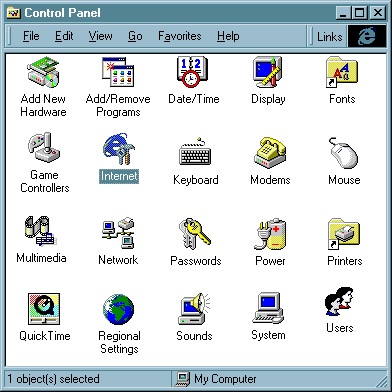
| Your icon may look like this: |

MacOS uses Open Transport (OT) to handle TCP/IP communications. IPNR uses OT. VPC bypasses OT and uses its own protocol. If OT/IPNR and VPC try to share the same ethernet port, they conflict - they don't play nice together.Last Updated July 16, 2003 (cosmetic update mostly)
If you have a separate ethernet card in your Mac for IPNR, and VPC uses the built in port exclusively, and IPNR is configured for single ethernet with the ethernet card, you can run them together, but wouldn't you want the speed and safety of a dual ethernet arrangement? In that case, you would need a third ethernet card. But since the cable modem/ADSL folks have probably already configured your Mac to the built-in ethernet by the time you think to do this, and VPC is kind of "hard-wired" to the built-in port too, you're opening the door to all sorts of nuisance problems trying to set this up.
Additionally, the vast majority of IPNR users have 2 or more Macs. You usually want IPNR on the slower/slowest Mac (IPNR doesn't ask much of the processer), and VPC on the fastest (VPC loves MHz), so running them together (for most people) is a little inefficient.